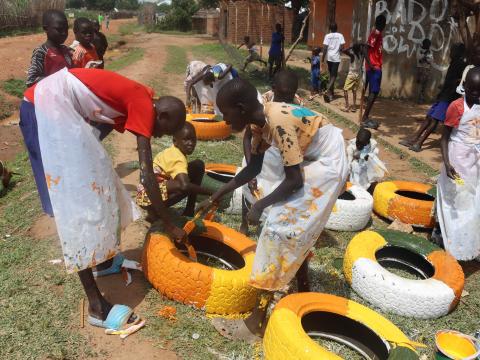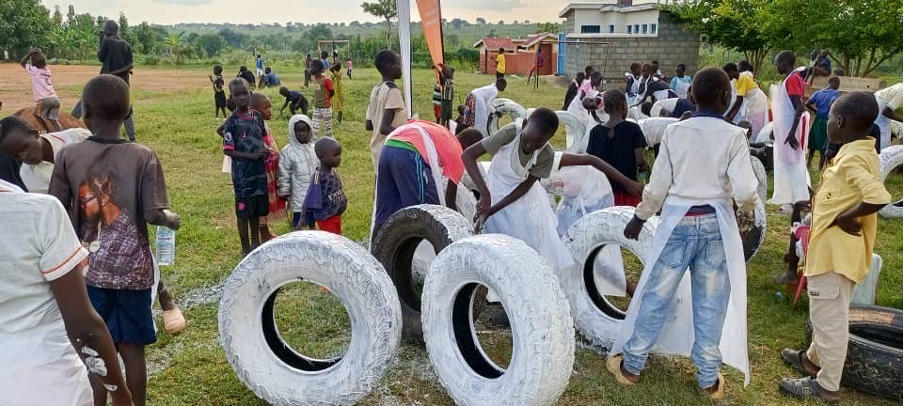Breaking the Silos: How a Unified Approach Is Transforming Child Wellbeing in Refugee Camps

World Vision’s LIFT programme is pioneering a life-cycle model that supports children, adolescents, and caregivers together—creating inclusive spaces for resilience and growth in Uganda and Türkiye.
In refugee settlements across Uganda and Türkiye, a quiet revolution in child wellbeing is taking shape. For decades, humanitarian programmes have supported children in crisis—but often in silos. Early childhood interventions target the under-fives, while separate initiatives focus on adolescents. The result? Fragmented support that fails to recognise childhood as a continuum.
World Vision is challenging that status quo with Life in Fullness Together (LIFT)—a pioneering programme designed to nurture children, adolescents, and caregivers under one unified framework. LIFT is built on a simple but powerful insight: well-being is not a moment in time, but a journey. Each stage of life builds on the last, and interventions must reflect that interconnectedness.
Why LIFT matters
Across the humanitarian sector, there is growing recognition that piecemeal approaches leave gaps. A child who benefits from early learning but lacks adolescent support may struggle to thrive later. Similarly, efforts to strengthen adolescent-parent relationships falter without understanding the attachment patterns formed in early childhood.
LIFT addresses these gaps head-on. It offers age-specific activities for three key groups—children aged 0–5, 6–11, and 12–17—while actively engaging caregivers. Crucially, it fosters cross-age interactions: adolescents serve as role models for younger children, creating a sense of community and continuity.
From concept to community
Since its launch, LIFT has embraced inclusive design. In Uganda’s refugee settlements, children helped decide where to plant trees around the LIFT centre. Adolescents decorated tyres to create vibrant seating corners. Caregivers contributed materials and labour to renovate facilities. These acts of collaboration are more than symbolic—they embody the programme’s ethos: wellbeing flourishes in shared spaces.
“LIFT is not just a programme; it’s a community,” says a World Vision facilitator in Uganda. “Children, adolescents, and caregivers all have a stake in creating an environment where everyone can grow.”

A model for resilience
The stakes could not be higher. Refugee children face layers of adversity—displacement, disrupted education, and the trauma of conflict. LIFT provides a safe, nurturing space where they can learn, play, and build confidence. It meets immediate needs while laying the foundation for long-term resilience.
For institutional donors and policymakers, LIFT offers more than impact—it offers innovation. By unifying interventions under a life-cycle model, it delivers efficiency and scalability without sacrificing depth. It’s evidence-informed, community-driven, and designed to adapt across contexts.

Looking ahead
World Vision’s vision is bold: to see every child experience life in all its fullness. LIFT is a tangible expression of that commitment—a programme that recognises childhood as a continuum and wellbeing as a shared responsibility.
As humanitarian needs grow, integrated approaches like LIFT could redefine how we support children in crisis. When we invest in the full arc of childhood—from birth through adolescence—we unlock potential not just for individuals, but for families and communities.